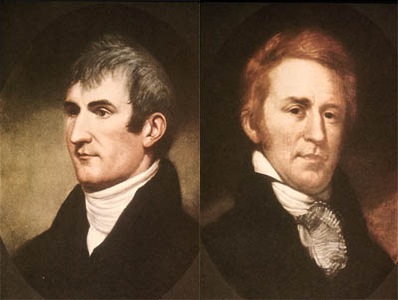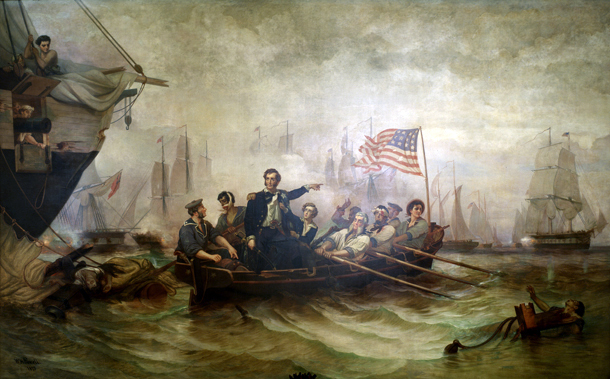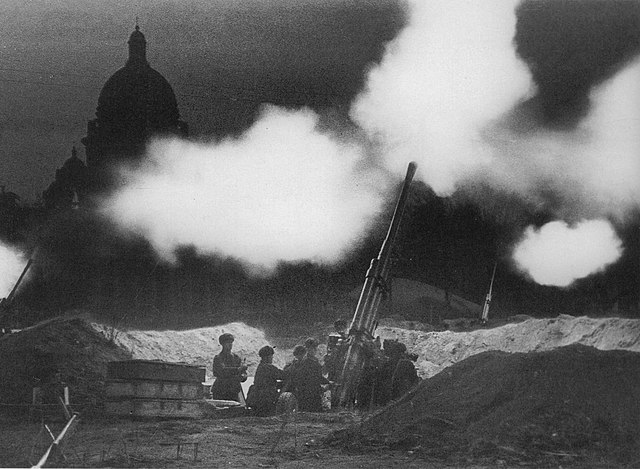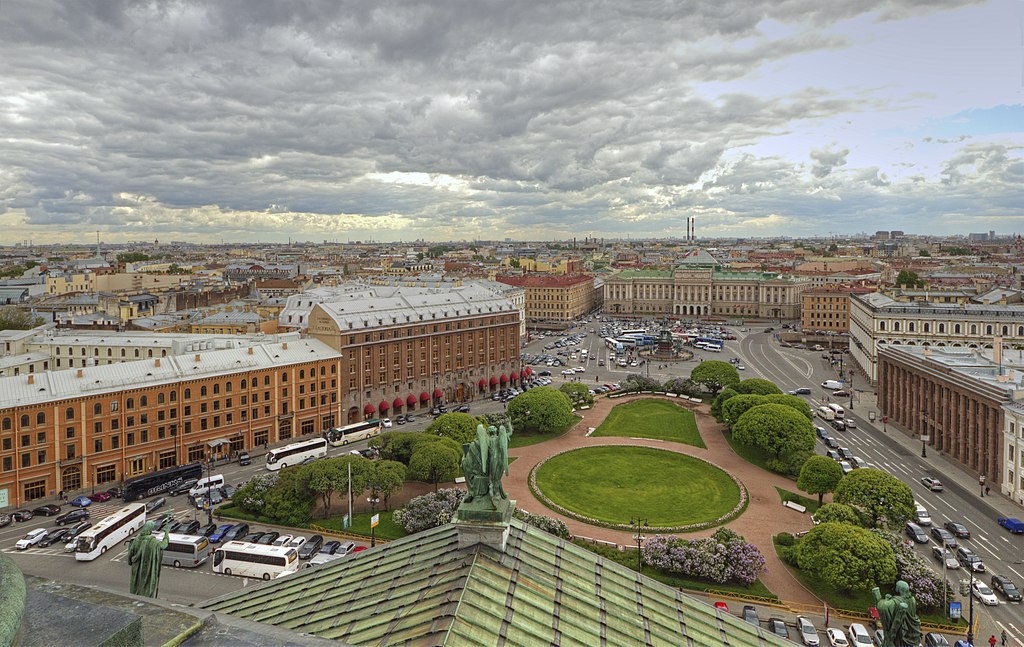
Public Domain (U.S. Library of Congress,www.loc.gov)
Clement A. Griscom, founder of the International Mercantile Marine Company, built his estate (called the Dolobran Estate) in 1881 in Haverford, Pennsylvania. The sprawling 17,000 square foot home was his home until he passed away in 1912, several months after Titanic sank. He stepped down as president of IMM in 1904 to become its chairman. The estate is considered masterpiece and was down by well known architect Frank Furness. Built on lush land, this estate no doubt was a respite from the world. With seven bedrooms (and bathrooms to match), a lovely sunroom, kitchenettes for guests, and a swimming pool to enjoy warm summers, it was certainly a place one could simply get lost in. Griscom certainly loved it and now the house is up for sale if you have 3 million dollars to spend for it. It has been renovated, so you do have modern comforts but still retains the look and feel of that time. The slideshow of the estate is worth looking at if nothing else to see how people with lots of money lived back then. When you see some of the tacky estates of the Hollywood celebrities of today reside in, you see back then they knew how to impress without being gaudy.
Titanic Ship Merchant’s Extraordinary $3m Mansion For Sale
MSN, 23 September 2022
=
Which Titanic Museum Is The Best? Let’s Compare Them
The Travel, 23 Sep 2022
Before we compare them, it’s important to identify all the Titanic museums in the United States. There are five Titanic museums in the United States. The very fact that we have that number, all telling and retelling the same story, is an indication of how the tragedy is rooted deep in the socio-cultural psyche of the republic. There’s a Titanic museum in Branson, Missouri. Another Titanic museum is in Pigeon Forge, Tennesee. Sin City is also home to a famous Titanic exhibition at the Luxor Hotel & Casino. The fourth Titanic museum is in Orlando, Florida. And then the fifth and last is in Indian Orchard, Massachusetts. Our order here is not chronological. For instance, while the Massachussettes museum comes last in our order, it’s actually the oldest Titanic museum in the United States having been established in 1963. Aside from these, there are other learning centers that have richly documented the story of the Titanic. In this respect, the Maritime Museum at Battleship Cove, previously the Marine Museum at Fall River, is worth a mention.
=
Titanic Jewish Experience Offers A Moving Tribute To The Liner’s Jewish History
The Times of Israel, 24 Sep 2022
Through mid-February, visitors to the Titanic Museum in Pigeon Forge — and its sister Titanic Museum in Branson, Missouri — will also see the Titanic Jewish Experience, a tribute to the ship’s estimated 67 Jewish passengers and two Jewish crew members. “Did you know Titanic had a kosher kitchen and a kosher chef on board?” a sign announces at the entrance to the Titanic Museum.
=



















 8 Treasures Discovered in Attics, Barns and More
8 Treasures Discovered in Attics, Barns and More